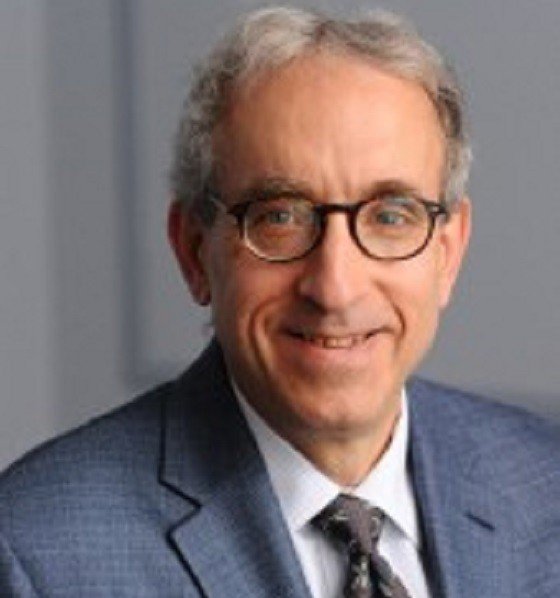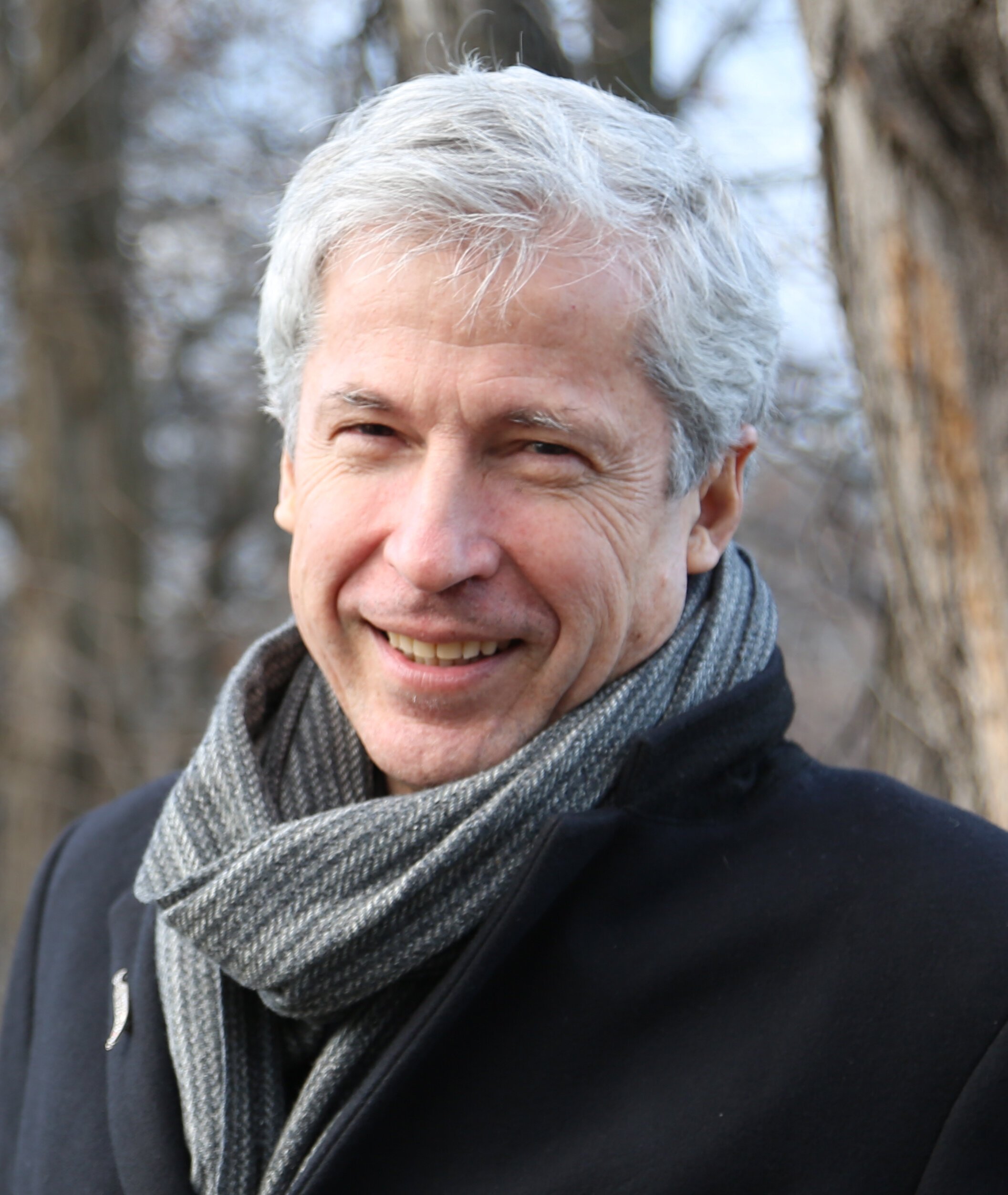Educational Program: A critical examination of polarization, misinformation, and the role of journalists
There has been much discussion of the role of journalists in a much polarized public sphere where misinformation fuels polarization and division within our societies and journalists have the responsibility of identifying the lines between truth and lies.
During this educational program, foreign journalists, with the help of the three expert speakers, will dive into the intersection of polarization and misinformation, understanding their meaning, their driving forces, and what can be viewed as solutions to protect ourselves and democracies from breaking our society in polarized divisions, and what the role of a journalist is within this framework.
The program will take place at the New York offices of the Association of Foreign Press Correspondents in the USA (12 E 49th St, New York, NY 10017) and will be followed by a drinks reception. Seats are limited, and RSVP is required. Please complete this form if you wish to request an RSVP and participate.
EXECUTIVE SPEAKERS IN THIS EDUCATIONAL PROGRAM
Robert Y. Shapiro (Ph.D., Chicago, 1982) is a professor and former chair of the Department of Political Science at Columbia University, and he served as acting director of Columbia’s Institute for Social and Economic Research and Policy (ISERP) during 2008-2009. He is a Fellow of the American Association for the Advancement of Science. He received a Distinguished Columbia Faculty Award in 2012 and in 2010 the Outstanding Achievement Award of the New York Chapter of the American Association for Public Opinion Research (NYAAPOR). He specializes in American politics with research and teaching interests in public opinion, policymaking, political leadership, the mass media, and applications of statistical methods. He has taught at Columbia since 1982 after receiving his degree and serving as a study director at the National Opinion Research Center (University of Chicago).
Professor Shapiro is co-author of The Rational Public: Fifty Years of Trends in Americans' Policy Preferences (with Benjamin Page, University of Chicago Press, 1992) and Politicians Don't Pander: Political Manipulation and the Loss of Democratic Responsiveness (with Lawrence Jacobs, University of Chicago Press, 2000). His most recent books are The Oxford Handbook of American Public Opinion and the Media (edited with Lawrence R. Jacobs, Oxford University Press, 2011) and Selling Fear: Counterterrorism, the Media, and Public Opinion (with Brigittte L. Nacos and Yaeli Bloch-Elkon, University of Chicago Press, 2011). He is also coauthor or coeditor of several other books and has published numerous articles in major academic journals. He served for many years as editor of Public Opinion Quarterly’s "The Polls--Trends" section, and is currently chair of the journal’s Advisory Committee. He also serves on the editorial boards of Political Science Quarterly, Presidential Studies Quarterly, Public Opinion Quarterly, and Critical Review, and is the Chairman of the Board of Directors of the Roper Center for Public Opinion Research. He has been President of NYAAPOR and Councilor-at-Large in national AAPOR. His current research examines partisan polarization and ideological politics in the United States, as well as other topics concerned with public opinion and policymaking.
Anya Schiffrin is the director of the Technology, Media, and Communications at Columbia University’s School of International and Public Affairs and a lecturer who teaches on global media, innovation and human rights. She writes on journalism and development, investigative reporting in the global south and has published extensively over the last decade on the media in Africa. More recently she has become focused on solutions to the problem of online disinformation, earning her PHD on the topic from the University of Navarra. She is the editor of Global Muckraking: 100 Years of Investigative Reporting from Around the World (New Press, 2014) and African Muckraking: 75 years of Investigative journalism from Africa (Jakana 2017). She is the editor of the forthcoming Media Capture: How Money, Digital Platforms and Governments Control the News (Columbia University Press 2020)
Jere Van Dyk is a journalist and author who has focused much of his writing on far-away, mostly dangerous places, particularly Afghanistan and Pakistan.
In the early 1980s, he lived, as a correspondent for The New York Times, with the Mujahideen (holy warriors) in Afghanistan as they fought against the Soviet Red Army, an experience that was recapped in his Pulitzer Prize-nominated articles. In 1987, National Geographic Magazine asked him to travel the length of the Brahmaputra River and to find its source. He began at the mouth in the Bay of Bengal, followed the river up through India and west across Tibet, finally with nomad guides, to the source in a glacier behind Mt. Kailas. In 1991, National Geographic asked him to travel the length of the Amazon River and to find its source. He began at the mouth in the Atlantic Ocean and traveled upstream on a series of boats and on horseback, with guides, into the Andes and hiked alone, as in Tibet, to the source.
After 9/11, he returned to Afghanistan for CBS News to report on the U.S.-led war. In 2006 and in 2007, he became the only journalist to go up into the mountains near the Pakistani border to the site where Pat Tillman, U.S. Army Ranger and former Arizona Cardinals football star, was killed in 2004. In late 2007, on a contract with Times Books, he hiked into the Tribal Areas of Pakistan, off-limits to foreigners, considered a blank space on the map, the headquarters of al-Qaida and the Taliban. In 2008, he was captured by the Taliban, and taken up into the mountains and held for 45 days. This harrowing experience is detailed in his book “Captive: My Time as a Prisoner of the Taliban,” which Foreign Affairs selected as one of its “Must-Read Books for the World Ahead.”
From 2013 – 2015, Jere Van Dyk traveled through the greater Middle East and South Asia as an adjunct senior at the Council on Foreign Relations on a contract researching the Haqqani Network, ISIS, the Taliban, al-Qaeda, their links to governments and to one another. During this time, he returned to Afghanistan and Pakistan to find out who really kidnapped him and why, and became the only journalist to meet with the leadership of the Haqqani Network since before 9/11, after which he wrote “The Trade—My Journey into the Labyrinth of Political Kidnapping,” which was published in October 2017. The Trade was positively reviewed in The Sunday New York Times Book Review and was an Editors’ Choice in the 12/24/17 issue.
Jere Van Dyk has appeared on a multitude of broadcast networks, including: BBC, CBS, CNN, WABC, WNBC, al-Jazeera, C-Span, FOX Radio, NPR, RT, VOA, Jon Stewart, Morning Joe, and Charlie Rose. He has given talks around the country and overseas, including at the U.S. State Department, the Carnegie Council, the Carnegie Corporation, New America Foundation, Google, Microsoft, World Affairs Councils, public schools, universities, security companies, and private organizations around the country, and overseas.
In 2014 and 2015 Jere Van Dyk worked with the Obama White House and the National Counterterrorism Center on a new U.S. hostage policy. Since then, he has worked with the National Security Council, the FBI, the State Department, and families, to help U.S. hostages return home.
Jere Van Dyk is currently working on a book on the Haqqani Network, with which he lived as a reporter for The New York Times in 1981 and which today is the oldest, most effective and most lethal anti-Western Islamist organization in the world. The book is due out in 2020.




